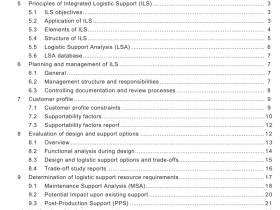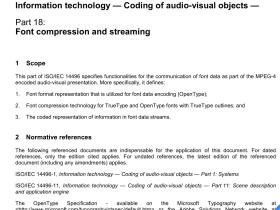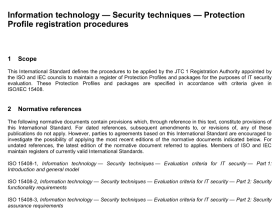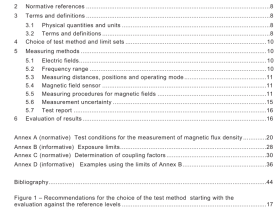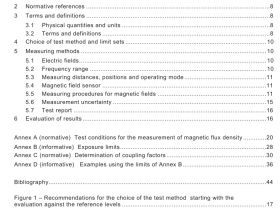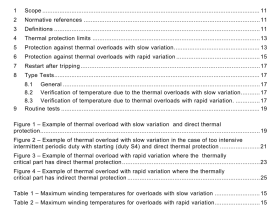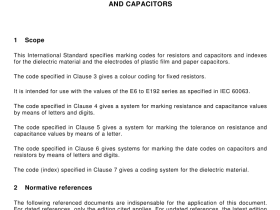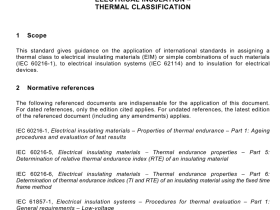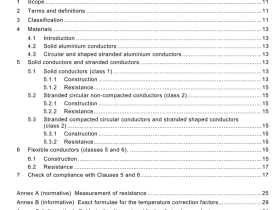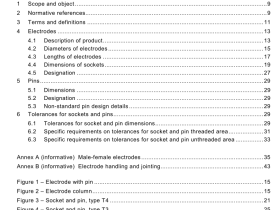IEC TR 61916 pdf download
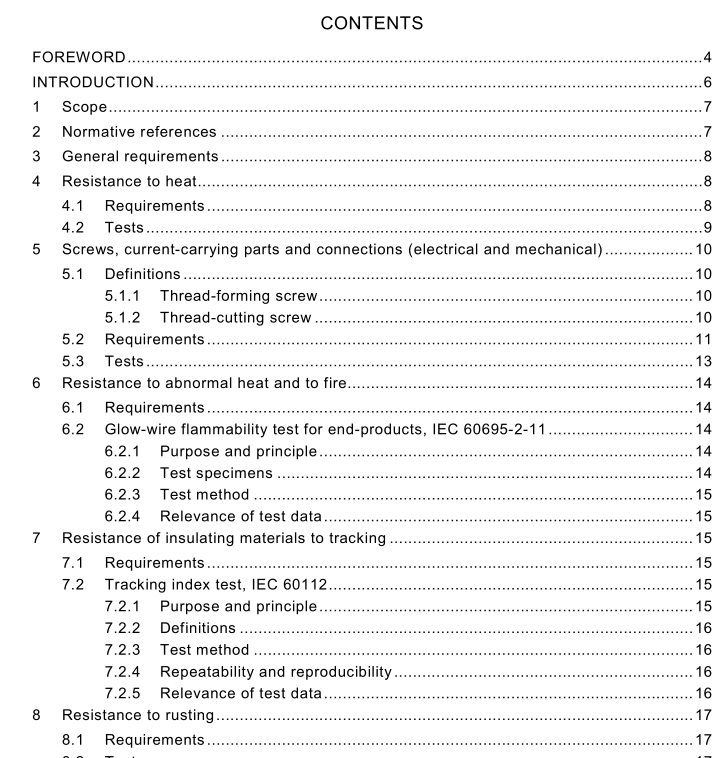
IEC TR 61916 pdf download Electrical accessories – Harmonization of general rules
4.2 Tests
Verification of resistance to heat
a) for surface mounting boxes, separable covers, separable cover plates and separable frames by the test of 4.2.3;
b) for accessories, with the exception of the parts, if any, covered by 1), by the tests of 4.2.1, 4.2.2 and, with the exception for the accessories made from natural or synthetic rubber or a mixture of both, by the test of 4.2.3.
4.2.1 The specimens are kept for 1 h in a heating cabinet at a temperature of 100 °C ± 2 °C. During the test, they shall not undergo any change impairing their further use, and sealing compound, if any, shall not flow to such an extent that live parts are exposed.
After the test and after the specimens have been allowed to cool down to approximately room temperature, there shall be no access to live parts which are normally not accessible when the specimens are mounted as in normal use, even if probe B of IEC 61032 is applied with a force not exceeding 5 N. After the test, markings shall still be legible. Discoloration, blisters or slight displacement of the sealing compound is disregarded provided that safety is not impaired within the meaning of the relevant standard.
4.2.2 Parts of insulating material necessary to retain current-carrying parts and parts of the earthing circuit in position are subjected to a ball-pressure test according to IEC 60695-10-2, except that the insulating parts necessary to retain the earthing terminals in a box shall be tested instead to the test as specified in 4.2.3.
A current carrying part or a part of the earthing circuit retained by a mechanical means is considered to be retained in position. The use of grease or the like is not considered to be mechanical means.
In case of doubt, to determine whether an insulating material is necessary to retain current carrying parts and parts of the earthing circuit in position, the specimen is examined without conductors while held in all positions with the insulating material in question removed. Before the test is started, the ball and the support on which the specimen shall be placed, are brought to the temperature specified.
The part under test shall be placed on a 3 mm thick steel plate in direct contact with it, so as to be supported to withstand the test force. NOTE When it is not possible to carry out the test on the specimens, the test should be carried out on a piece at least 2 mm thick which is cut out of the specimen.
If this is not possible, up to and including four layers, each cut out of the same specimen, may be used, in which case the total thickness of the layers should be not less than 2,5 mm. The test load and the supporting means shall be placed within the heating cabinet for a sufficient time to ensure that they have attained the stabilized testing temperature before the test commences.
